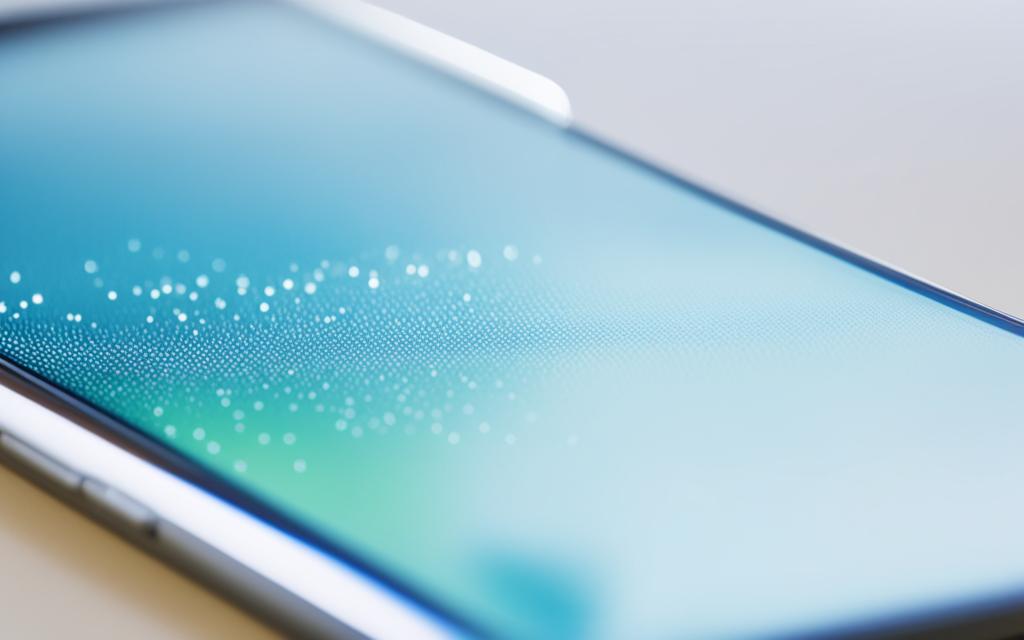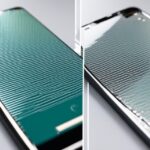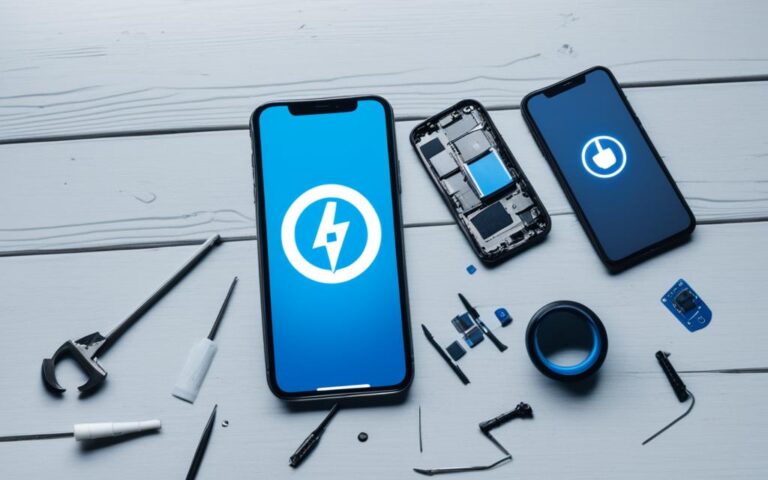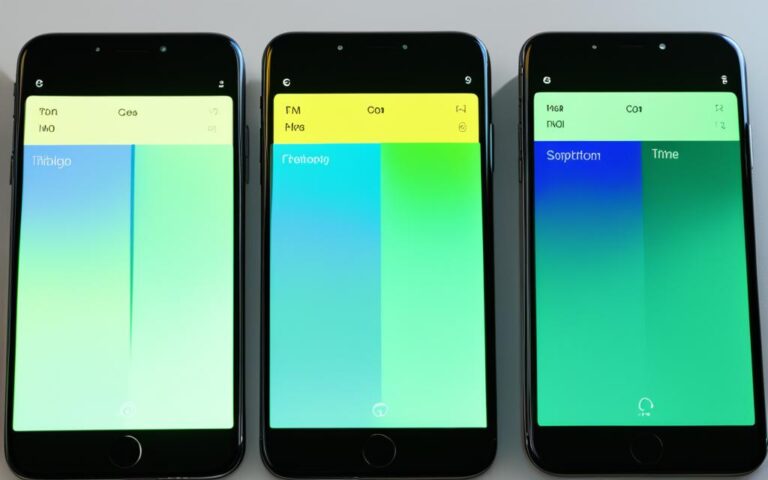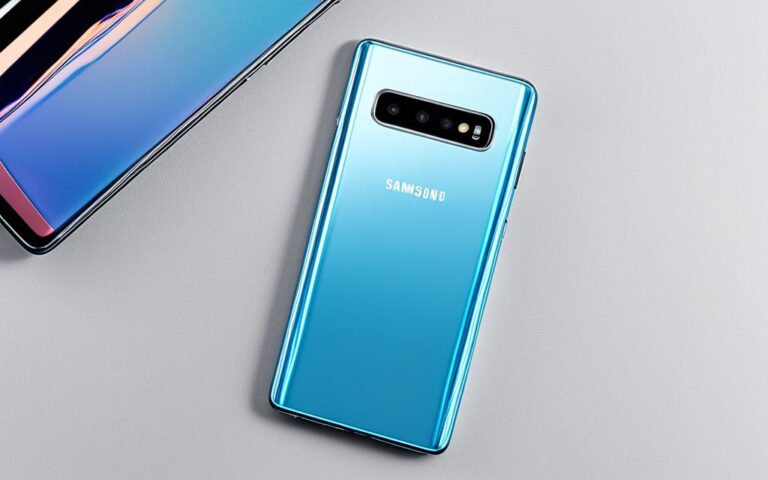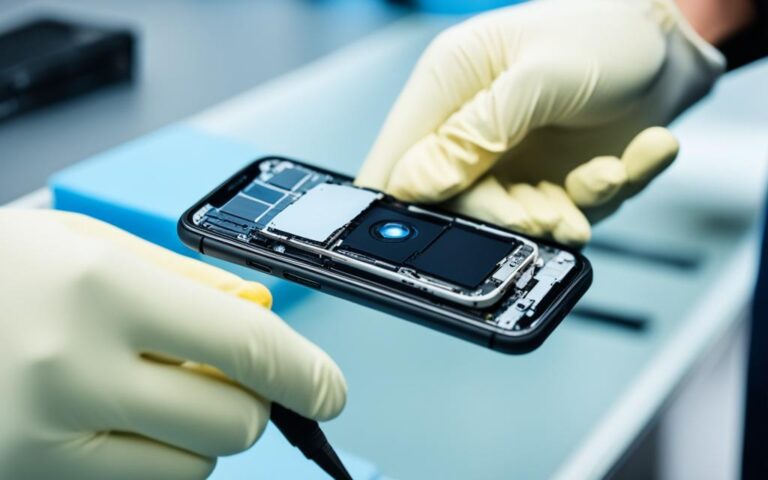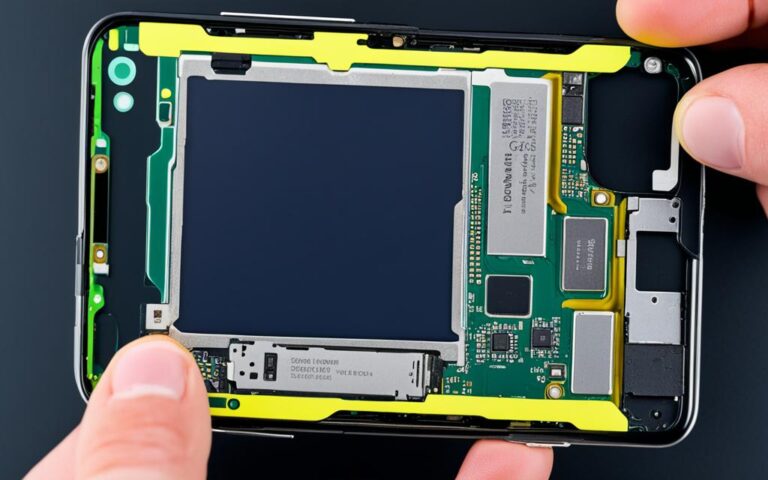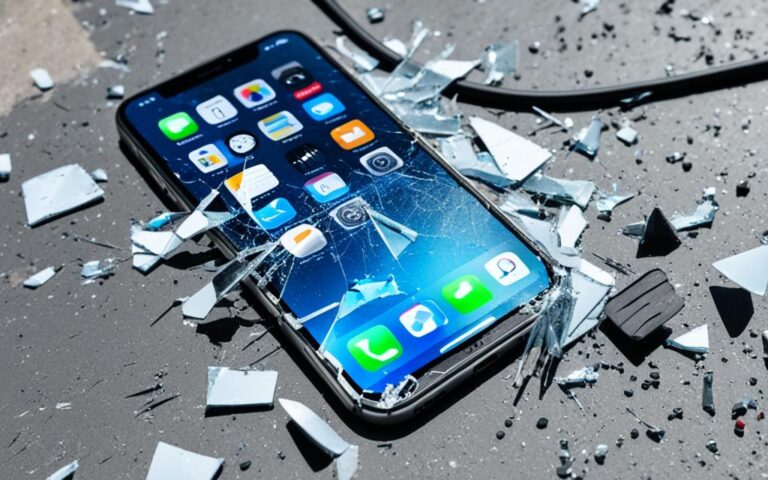Tempered Glass or Plastic? Choosing the Right Screen Protector Post-Repair
When it comes to protecting your smartphone screen, the selection of the right screen protector is crucial. With options such as tempered glass and plastic protectors available, it’s essential to make an informed decision. Both types have their pros and cons, so let’s dive into the details of durability, clarity, protection, and usability to help you choose the right screen protector after a repair.
Pros and Cons of Plastic Screen Protectors
When it comes to choosing the right screen protector for your smartphone, plastic options have their own set of advantages and disadvantages. Let’s delve into the pros and cons of using plastic screen protectors.
Advantages of Plastic Screen Protectors
- Resilience: Plastic screen protectors are known for their resilience. They can endure impacts and drops without breaking, providing a layer of protection for your phone’s screen.
- Reusability: One of the significant benefits of plastic protectors is their reusability. You can easily remove and store them for later use, extending their lifespan.
Disadvantages of Plastic Screen Protectors
Despite their advantages, plastic screen protectors come with their drawbacks as well.
- Haziness and Loss of Clarity: Over time, plastic protectors may become hazy and lose their original clarity. This can affect the visual experience and diminish the overall quality of the screen.
- Visible Scratches: Compared to tempered glass protectors, scratches are more noticeable on plastic protectors. This can compromise the appearance and aesthetics of your phone’s screen.
- Fingerprint Resistance: Plastic protectors are not as effective at repelling fingerprints as tempered glass. This means that smudges and fingerprints may be more visible on the screen.
- Limited Coverage: Plastic screen protectors may not provide full coverage for your phone’s screen, leaving certain areas vulnerable to scratches and damage.
- Smoothness: While plastic protectors offer touch sensitivity, they may not feel as smooth to the touch as tempered glass protectors, affecting the user experience.
Overall, plastic screen protectors offer resilience and reusability, but they can become hazy, scratch easily, and lack the smoothness and fingerprint-resistance of tempered glass alternatives.
Pros and Cons of Tempered Glass Screen Protectors
Tempered glass screen protectors have gained popularity due to their exceptional durability and scratch resistance. These protectors are constructed using multiple layers, including an anti-shatter film and an oleophobic nano-coating, providing robust defense against impacts and scratches. Their remarkable strength ensures long-lasting protection for your smartphone screen.
One of the key advantages of tempered glass screen protectors is their superior clarity and touchscreen sensitivity. Unlike plastic protectors, tempered glass offers a crystal-clear view, allowing you to enjoy your device’s vibrant display without any distortion. Additionally, these protectors maintain the responsive touch functionality, providing seamless usability.
However, it’s important to consider the potential downsides of tempered glass protectors. Firstly, they tend to be more expensive compared to their plastic counterparts. If you’re on a tight budget, the cost of a tempered glass protector may be a limiting factor. Additionally, while tempered glass protectors are highly durable, they are not indestructible. A strong impact can cause them to break, compromising the protection they offer.
Another aspect to note is that tempered glass protectors can be more visible on the screen compared to plastic protectors. This is due to the thickness of the glass, which can create a slight border around the edges of your device. While this may not be a major concern for many users, it’s worth considering if you prefer a seamless and inconspicuous appearance.
Tempered glass screen protectors provide exceptional durability and scratch resistance, ensuring long-lasting protection for your smartphone screen. Their superior clarity and touchscreen sensitivity offer a seamless user experience. However, they are more expensive than plastic protectors and can break if subjected to a strong impact. Additionally, the slightly visible edges may affect the overall appearance of your device.
Comparison of Screen Protectors – Price, Look, Installation, and Feel
When comparing plastic and tempered glass screen protectors, several factors come into play. Plastic protectors are generally cheaper compared to tempered glass ones, allowing you to buy multiple protectors for the price of one glass protector. However, tempered glass protectors offer a sleeker look and are easier to install. Plastic protectors can feel smoother to the touch, but tempered glass protectors provide a more premium and seamless feel. It’s important to consider these aspects when making a decision.
| Factors | Plastic Screen Protectors | Tempered Glass Screen Protectors |
|---|---|---|
| Price | Cheaper | Relatively Expensive |
| Look | Simpler | Sleeker |
| Installation | Easy | Easy |
| Feel | Smoother | Premium and Seamless |
As shown in the table above, plastic screen protectors have the advantage of being cheaper, allowing you to purchase multiple protectors at a lower cost. However, tempered glass screen protectors offer a more sophisticated and modern aesthetic, elevating the overall look of your smartphone. When it comes to installation, both plastic and tempered glass protectors are relatively easy to install. However, in terms of feel, plastic protectors feel smoother to the touch, while tempered glass protectors provide a premium and seamless experience.
Ultimately, the decision between plastic and tempered glass screen protectors depends on your priorities. If budget is a significant consideration, plastic protectors may be the more practical choice. However, if you value aesthetics and a high-end feel, tempered glass protectors offer a more visually appealing and premium option.
Key Takeaways:
- Plastic screen protectors are generally cheaper compared to tempered glass ones.
- Tempered glass screen protectors offer a sleeker look and feel more premium.
- Both plastic and tempered glass protectors are easy to install.
- Plastic protectors feel smoother to the touch, while tempered glass protectors provide a more seamless experience.
Importance of Impact Protection and the Role of Phone Cases
While screen protectors are effective in providing scratch protection, they may not always offer sufficient impact protection for your precious smartphone. That’s where phone cases come into play, playing a vital role in ensuring comprehensive device protection. Alongside a screen protector, a phone case offers an added layer of defense to safeguard not only the screen but also the back, edges, and corners of your phone from accidental drops and impacts.
“Protecting your smartphone from scratches is important, but it’s equally crucial to shield it from unexpected falls or accidents that can cause irreparable damage.”
A phone case provides valuable shock absorption and cushioning, significantly reducing the risk of shattered screens or internal component damage. By absorbing the impact of a fall, a phone case acts as a protective barrier, helping to minimize the risk of costly repairs or, in worst-case scenarios, the need for a costly replacement.
When considering your options for a screen protector, it’s essential to recognize and acknowledge the crucial role a phone case plays in overall device protection. Pairing a high-quality screen protector with a sturdy phone case offers a comprehensive armor for your smartphone, ensuring it remains intact and functional even in the face of accidental drops or unexpected impacts.
Benefits of Using Phone Cases:
- Extra protection for the screen, back, edges, and corners of your phone
- Shock absorption and cushioning during accidental drops or impacts
- Reduced risk of shattered screens or internal component damage
- Minimal cost compared to potential repair or replacement expenses
- Added grip for a secure and comfortable hold
- Customizable designs and styles to suit your personal preferences
To illustrate the importance of impact protection and the role of phone cases, let’s consider a comparison between a screen protector and a phone case in terms of impact resistance:
| Screen Protector | Phone Case | |
|---|---|---|
| Impact Resistance | Offers limited protection against impacts | Provides enhanced protection against drops and impacts |
| Protection Area | Covers the screen surface only | Covers the entire device, including the screen, back, and edges |
| Cushioning | Offers minimal cushioning | Provides significant shock absorption and cushioning |
| Overall Device Protection | Partial, focusing on the screen | Comprehensive, ensuring protection for the entire device |
As evident from the comparison above, a phone case offers superior impact protection when compared to a screen protector alone. By investing in a high-quality phone case, you can significantly reduce the risk of damage and extend the lifespan of your smartphone.
Stay tuned for the next section where we’ll conclude our analysis and provide recommendations on choosing the right screen protector for your smartphone.
Conclusion
After carefully considering the pros and cons of plastic and tempered glass screen protectors, it is evident that tempered glass is the preferred choice for most users. Offering superior durability, scratch resistance, and clarity, tempered glass provides a premium and reliable protection for your smartphone screen.
However, it is essential to note that screen protection is just one aspect of overall device protection. To ensure comprehensive protection against impacts and drops, it is advisable to pair a screen protector with a high-quality phone case. A phone case not only safeguards the screen but also protects the back, edges, and corners of the phone, providing additional shock absorption and cushioning during accidental falls.
When selecting a screen protector and phone case for your device, take the time to choose the right combination to preserve its longevity and usability. While tempered glass offers optimal screen protection, a well-designed phone case completes the package, ensuring comprehensive protection for your smartphone. Invest in the right combination for your device to safeguard it from daily wear and tear, enhancing its overall durability and functionality.
